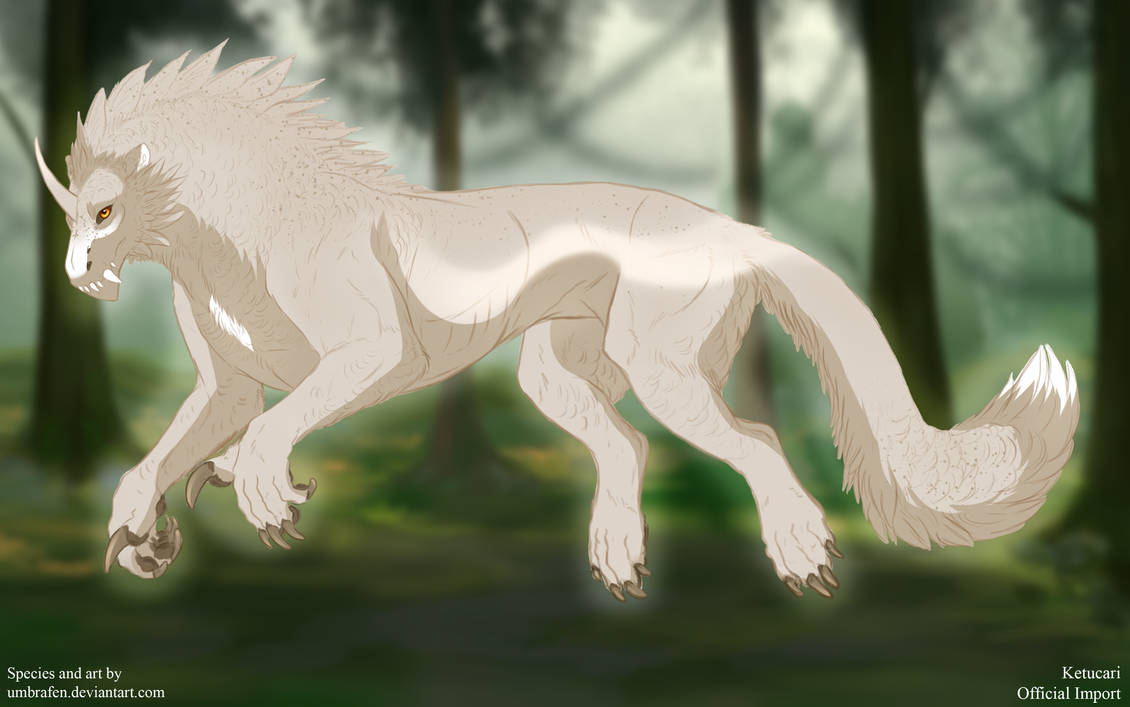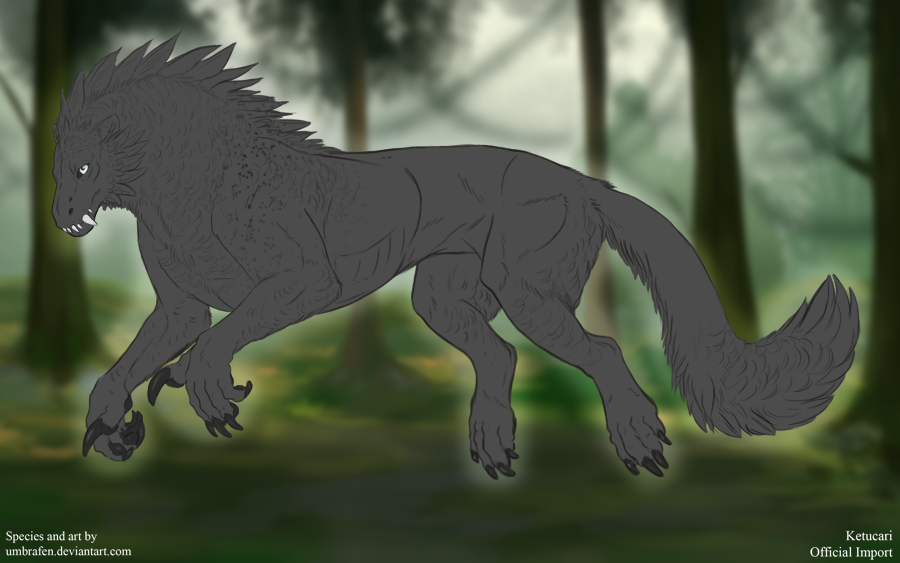Speckling
Examples








Basics

Color and Shape
Speckling must be a darker color of your chosen base, with a minor deviation in hue. It can also be a fully desaturated color of the base, as long as it is darker. Speckling may be pure black.

These colors would be acceptable for this base color. They are either a darker version of the base, or a darker and desaturated version of the base. The last color on the right shows a minor deviation in hue, and is slightly more yellow than the base itself. Notice that this small change is not overbearing.

These colors would be unacceptable for speckling. They are either lighter than the base coat or have too drastic a hue shift.
Here are the minimum and maximum sizes for speckling spots.

Range
Interaction with Other Markings
Accents


